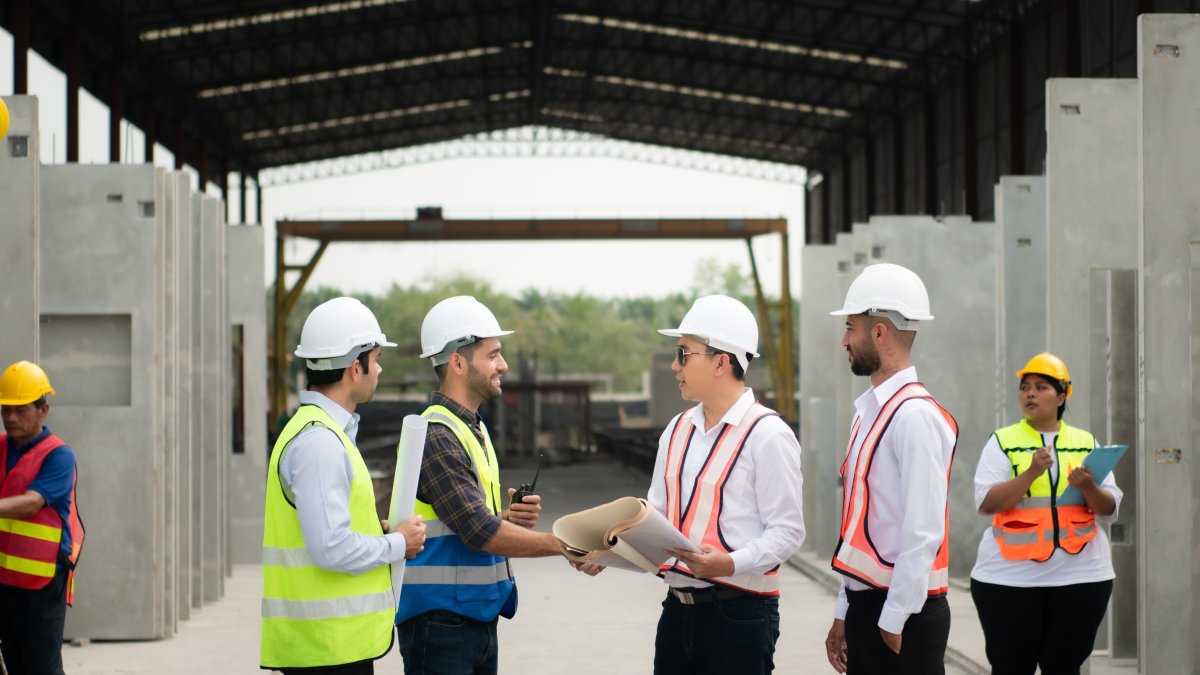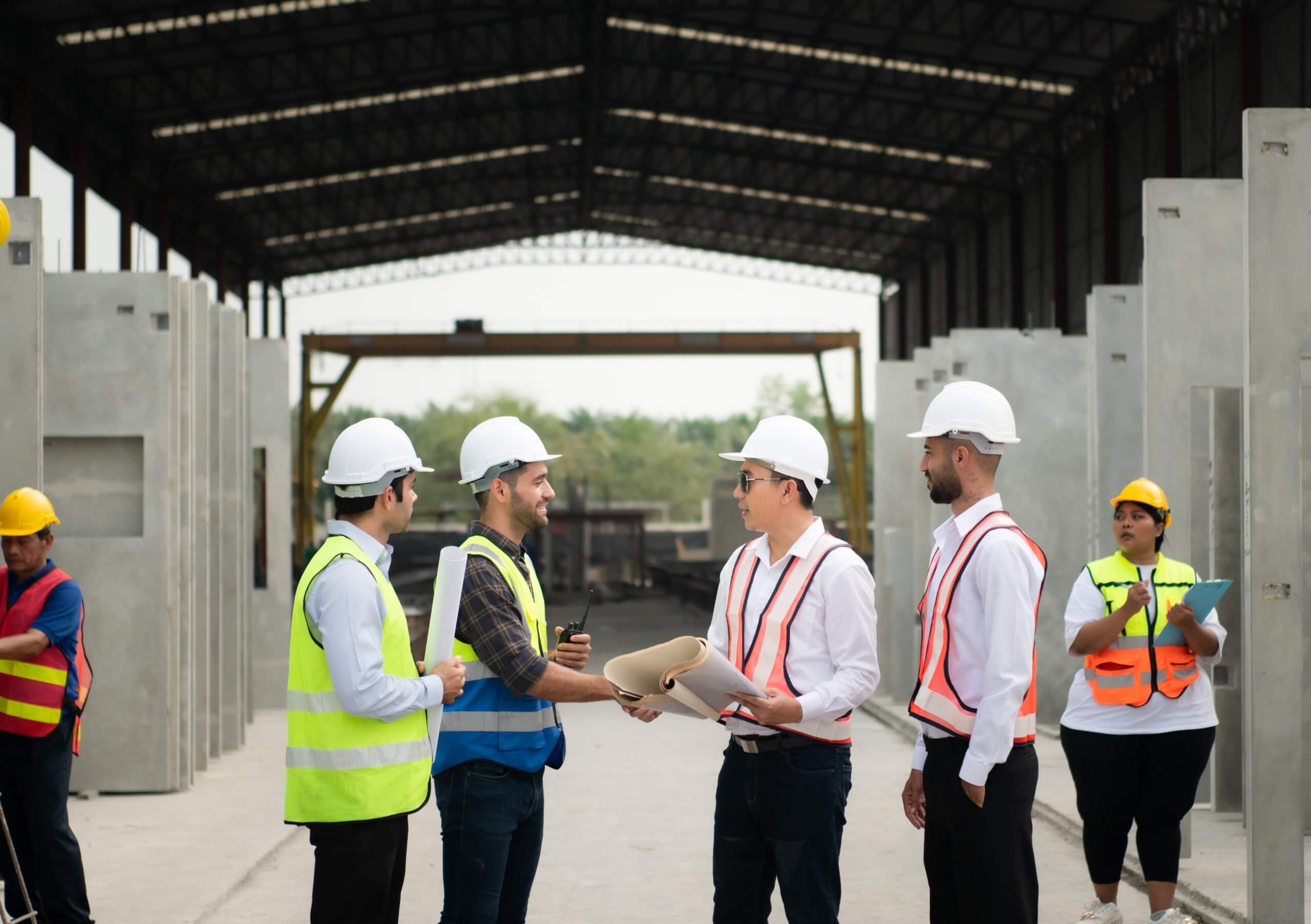
The construction industry is witnessing significant transformation, heralding a new era of innovation, efficiency, and eco-consciousness. Pre-Engineered Buildings (PEBs) take centre stage in this industrial revolution, redefining the paradigms of traditional construction. Much like the mighty Mount Everest represents a progressive challenge to mountaineers, Pre-Engineered Buildings promise to elevate the landscape of the global construction industry, pushing it to unanticipated heights of evolution and innovation.
An Overview of Pre-Engineered Buildings
Pre-Engineered Buildings, as their name suggests, are structures that are designed and manufactured in a factory before being assembled on-site. Made primarily out of steel, PEBs stand out due to their robustness, cost-effectiveness, and rapid deployment compared to traditional buildings. Construction companies worldwide, including India’s Everest Industries, are increasingly leveraging this modern construction methodology to offer solutions that surpass conventional buildings in both efficiency and sustainability.
Pre-Engineered Buildings and Efficiency
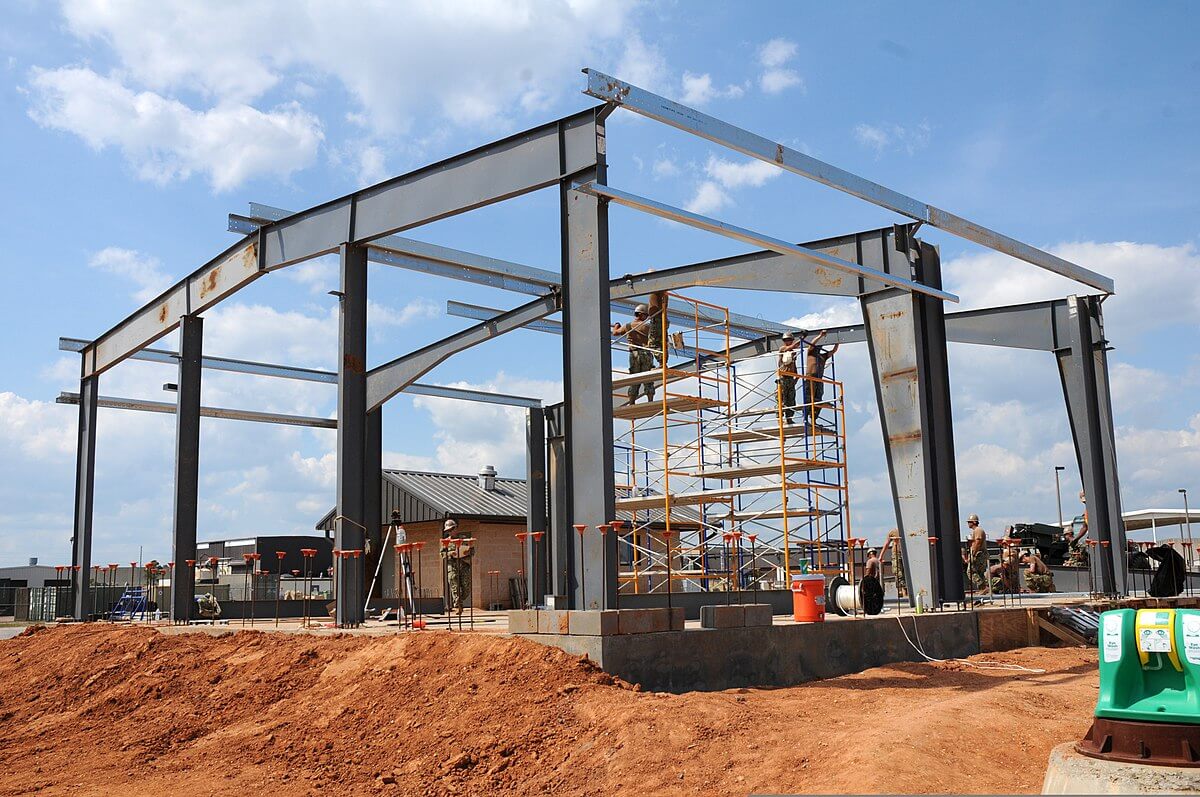
The advantage of PEBs primarily lies in their efficiency. These structures are manufactured in factories employing advanced technologies, eliminating the uncertainty of weather delays and reducing the dependence on manual labour, thereby accelerating the construction process immensely. Further, customisation is an integral part of Pre-Engineered Buildings. This means every component fabricated in a PEB is designed precisely to suit the requirements of the projects, minimising waste and significantly reducing the overall cost of the project.
Sustainability and Pre-Engineered Buildings
As concerns about environmental impact and sustainable construction practices gain momentum in the 21st century, PEBs emerge as an enviable solution. Being largely made of steel—an entirely recyclable material—PEBs contribute prominently to sustainable construction. Furthermore, off-site production minimises on-site disruption and construction waste. This makes PEBs not just a tempting proposition for businesses looking for efficiency, but also a conscientious choice for those committed to reducing their carbon footprint.
The Evolving Landscape of PEBs
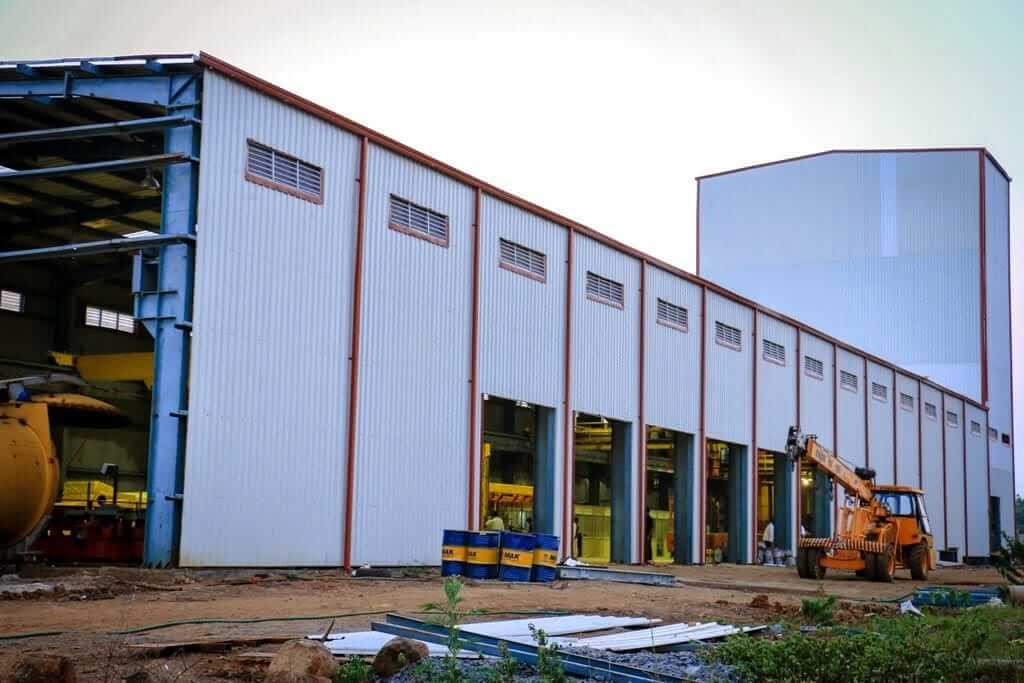
Initially synonymous with simple structures like warehouses and sheds, Pre-Engineered Buildings (PEBs) have undergone a remarkable transformation, diversifying their applications with advancements in technology. Today, PEBs stand as integral components in a vast array of construction projects, demonstrating their adaptability in diverse settings, including commercial buildings, industrial facilities, recreational structures, retail stores, and even residential complexes. This expanding versatility has not only broadened the acceptance of PEBs but has also accelerated their adoption across the construction industry.
Applications Beyond Warehouses
Traditionally conceived for the functional simplicity of warehouses, PEBs have transcended their initial purpose, evolving into indispensable elements in complex construction endeavors. The adaptability of PEBs has allowed architects and builders to harness their structural efficiency for a myriad of projects. From expansive industrial facilities to stylish retail stores, PEBs have proven to be a versatile and reliable choice, offering both efficiency in construction and aesthetic appeal.
The integration of PEBs in residential complexes marks a significant departure from their conventional use. Their application in the residential sector underscores not only their structural integrity but also their ability to cater to the evolving needs of modern housing. This transition signifies a paradigm shift, where PEBs are not merely confined to utilitarian spaces but are embraced for their architectural flexibility in creating comfortable and sustainable living environments.
Challenges in the Path of PEB Adoption
While the versatility of PEBs is undeniable, the journey towards widespread adoption is not without its challenges. High initial costs, the demand for specialized production facilities, and the need for skilled labor have been recurrent obstacles. Additionally, concerns regarding the adaptability of structures post-construction pose potential barriers to the seamless expansion or modification of PEB-based buildings.
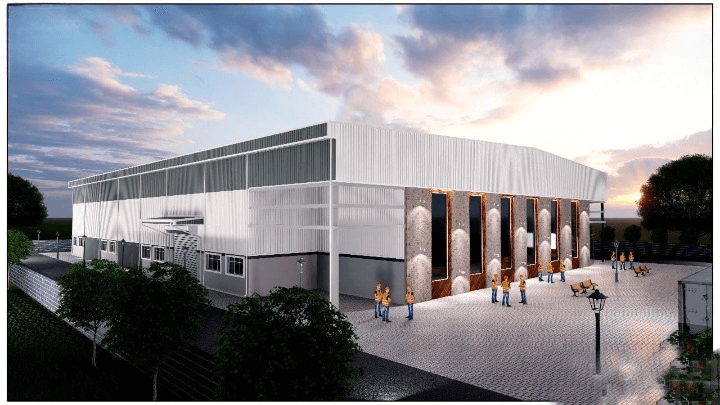
The cost factor, often cited as a deterrent, requires a nuanced perspective. While the upfront investment may be higher, the long-term benefits, including reduced construction time and operational costs, make PEBs a financially prudent choice. As industries evolve and embrace sustainable practices, the initial hesitations towards PEBs are being reevaluated in light of their long-term economic and environmental advantages.
Specialised production facilities and skilled labour requirements, once viewed as limitations, now represent opportunities for growth and innovation within the construction sector. As demand for PEBs rises, investment in training programs and advanced manufacturing facilities becomes a strategic move towards creating a skilled workforce capable of harnessing the full potential of PEB technology.
The Way Forward
The trajectory of PEB adoption is promising, fueled by continuous advancements in technology and a growing awareness of the lasting benefits these structures offer. Innovations in materials, design software, and construction methodologies contribute to overcoming traditional hurdles, making PEBs more accessible and appealing to a wider range of construction projects.
One of the notable developments contributing to the acceptance of PEBs is the focus on modular construction and prefabrication. These approaches not only align with the efficiency inherent in PEBs but also address concerns related to construction timelines, minimising disruptions and expediting project completion.
The ongoing research and development within the construction industry are unraveling new possibilities for PEBs, including improved customization, enhanced energy efficiency, and innovative design applications. Architects, builders, and stakeholders are increasingly recognizing the transformative potential of PEBs in shaping the future of construction.
Final Thoughts
In conclusion, the versatility of Pre-Engineered Buildings has propelled them from the confines of warehouses to the forefront of construction innovation. Their adaptability across diverse sectors signifies a departure from conventional norms, positioning PEBs as dynamic solutions for contemporary architectural challenges. Challenges such as initial costs and adaptability concerns are being addressed through technological advancements, increased awareness, and a strategic shift in perspective.
As the construction industry continues to evolve, PEBs stand as catalysts for sustainable practices, offering a balance between efficiency, cost-effectiveness, and environmental consciousness. The journey forward involves embracing PEBs not just as structural elements but as integral components in the creation of resilient, efficient, and aesthetically pleasing built environments. With each technological leap and changing perspective, PEBs solidify their role as transformative agents in the ongoing narrative of sustainable construction practices.
The evolution of Pre-Engineered Buildings (PEBs) represents a transformative chapter in the annals of construction, heralding a departure from conventional building practices. The intrinsic versatility of PEBs, once confined to warehouses, has burgeoned into a beacon of innovation across diverse construction sectors. The challenges that initially impeded their widespread adoption are gradually yielding to technological advancements, cost-effectiveness, and heightened environmental awareness.
As the construction industry pivots towards sustainability, PEBs emerge as stalwarts of change, embodying a harmonious blend of efficiency, adaptability, and environmental consciousness. The trajectory forward involves not just embracing PEBs as structural components but recognizing them as pivotal contributors to the creation of resilient, energy-efficient, and visually captivating built environments.
The ongoing research and development, coupled with a shifting paradigm in construction perspectives, promise an exciting future for PEBs. With a focus on modular construction, prefabrication, and continuous innovation, PEBs are poised to redefine the very fabric of construction, contributing to a sustainable and dynamic architectural landscape.
In this journey, architects, builders, and stakeholders play a pivotal role in shaping the narrative of PEBs. Embracing these structures is not just an adoption of a construction method; it is a commitment to sustainable practices and a recognition of PEBs as transformative agents in the ongoing quest for resilient and eco-friendly built environments.
As the momentum towards sustainable construction practices gains momentum, PEBs stand as enduring symbols of efficiency, adaptability, and environmental responsibility, shaping the very foundation of our architectural future.
Steven Bennett
Related posts
Stay connected
Today's pick
- Safety Essentials Every CNC Operator Should Follow DailyCNC machining demands precision, consistency, and discipline—but above all, it requires strict attention to safety. Whether you’re working with mills, lathes, routers, or grinders, every machine has the potential to cause serious injury if mishandled. That’s why CNC operators must follow safety protocols daily, no... The post Safety Essentials Every CNC Operator Should Follow Daily […]

